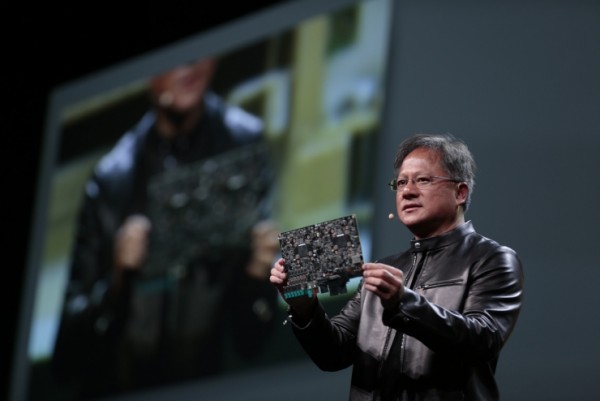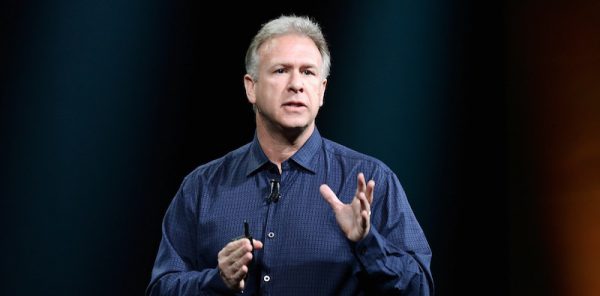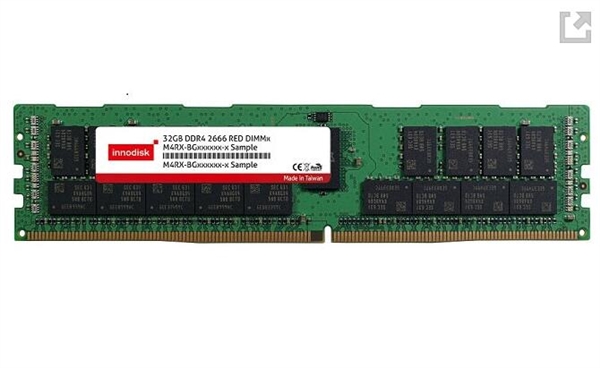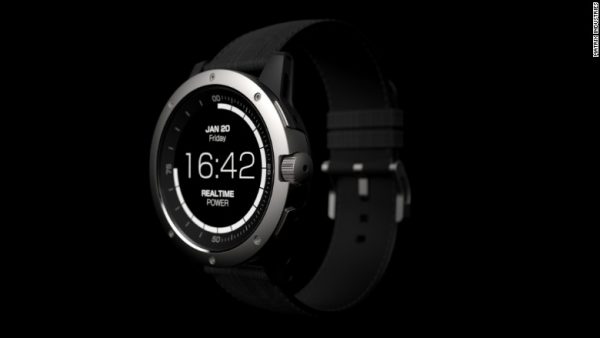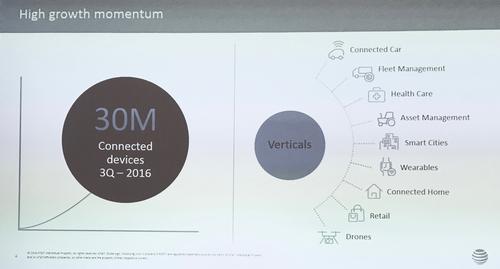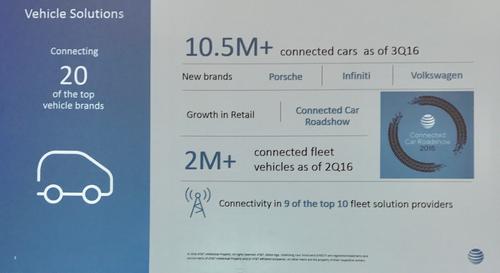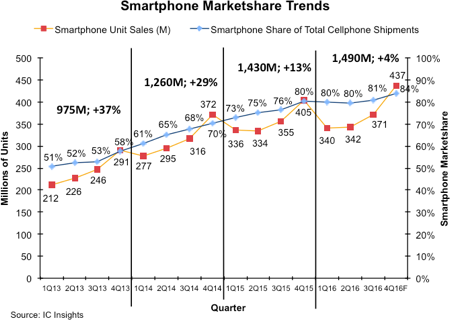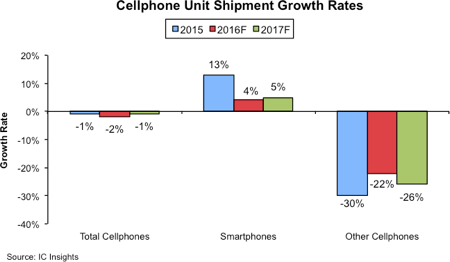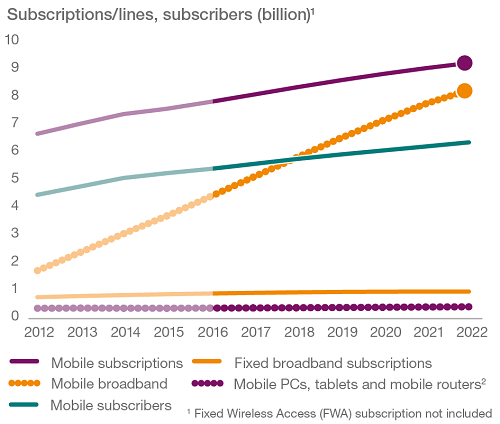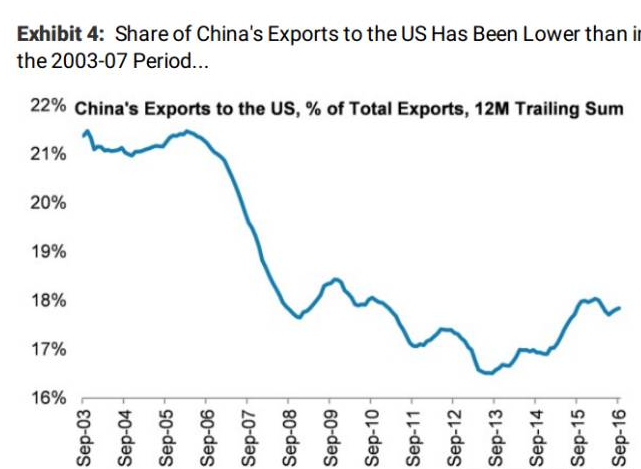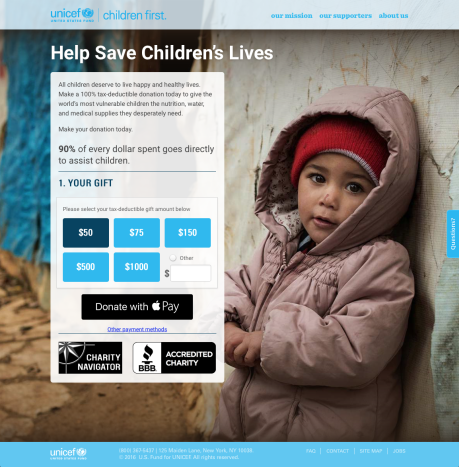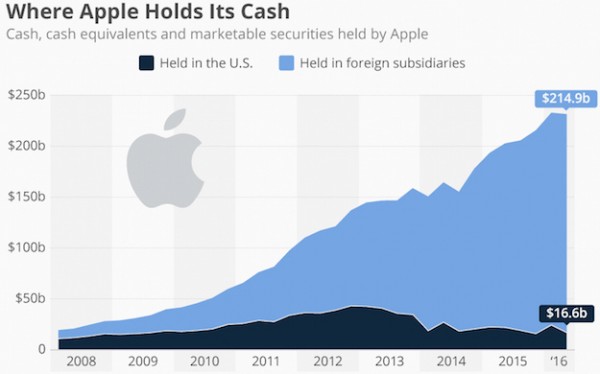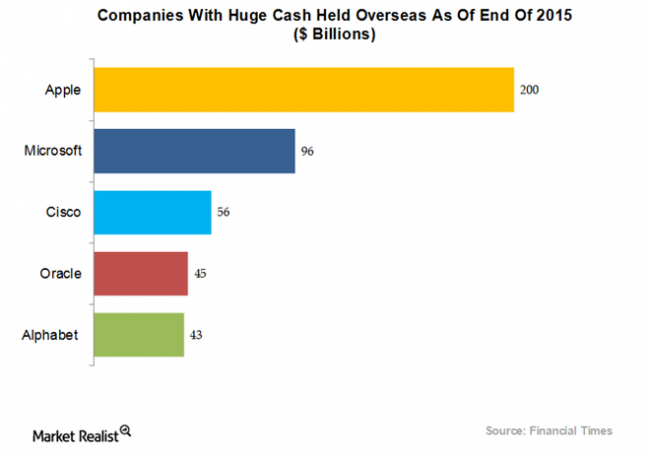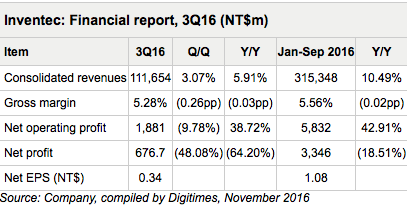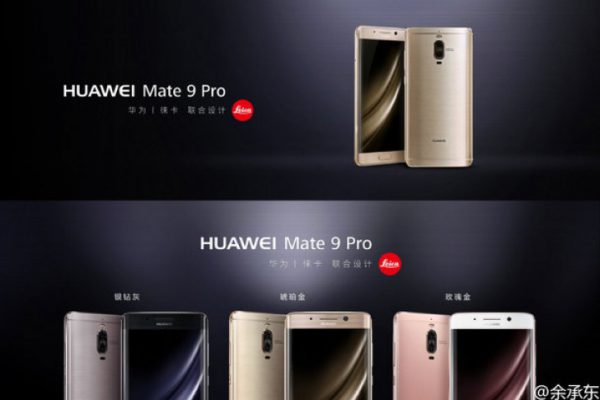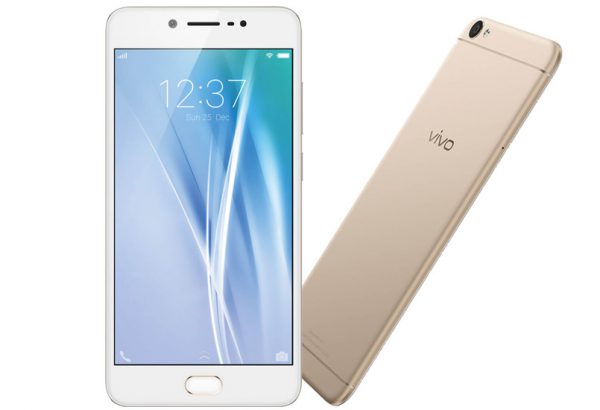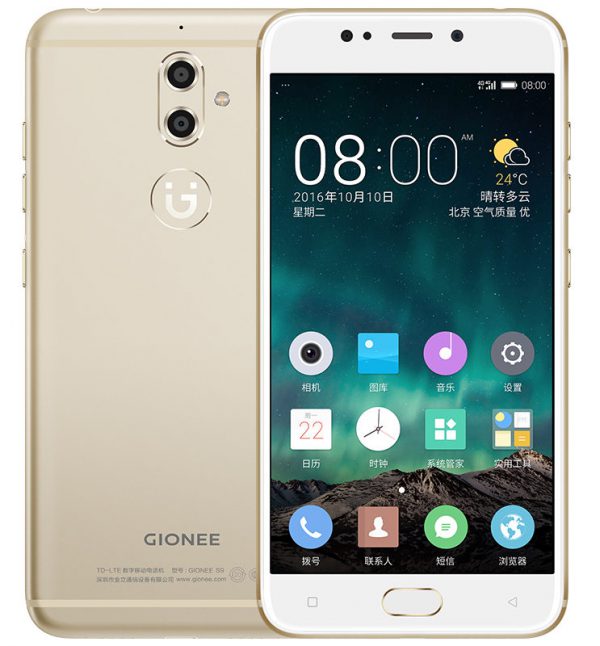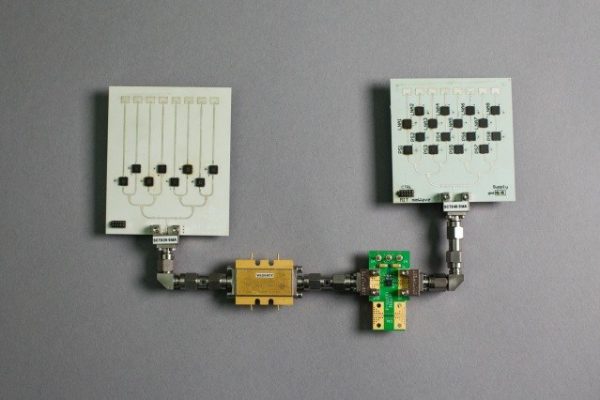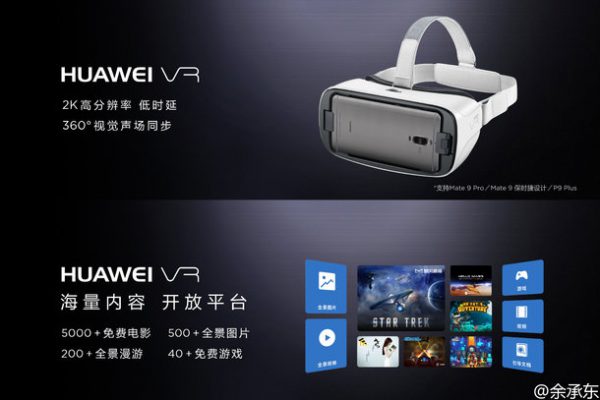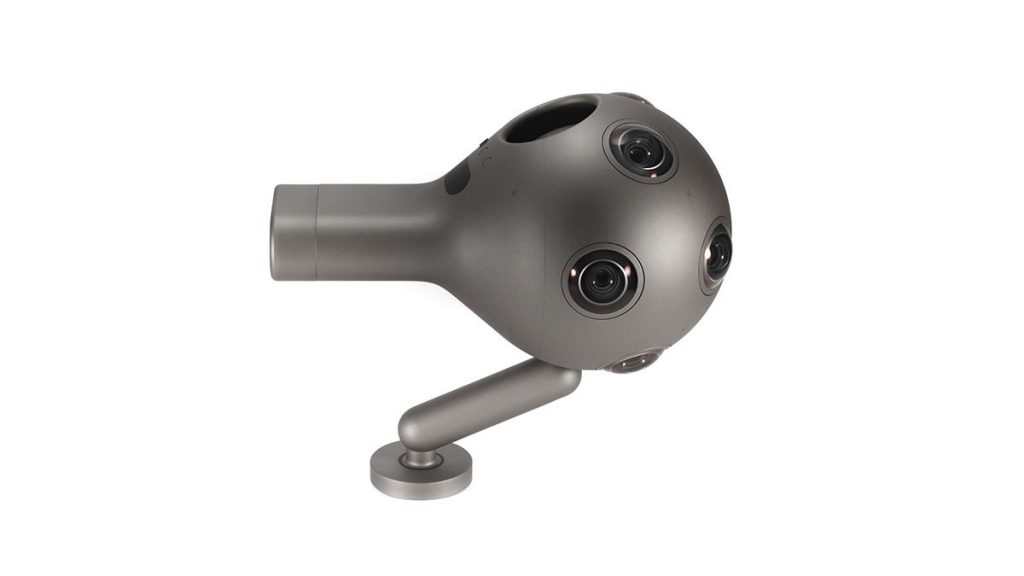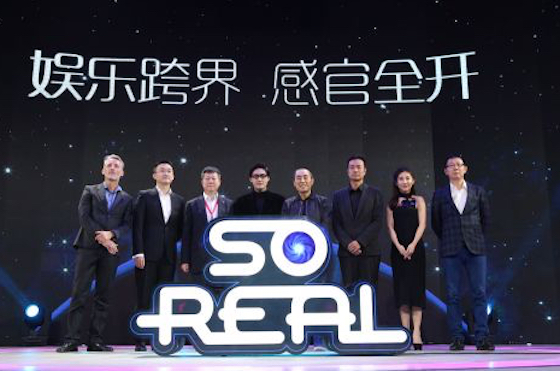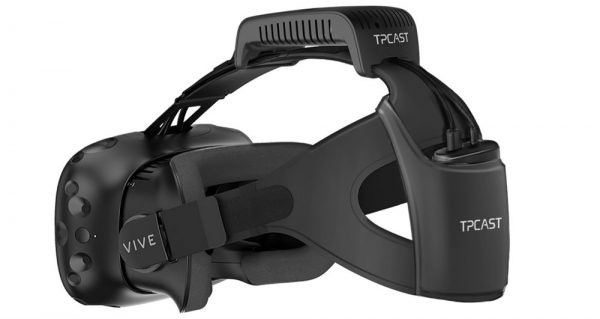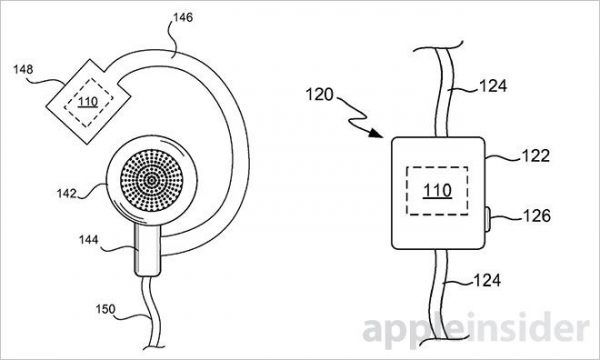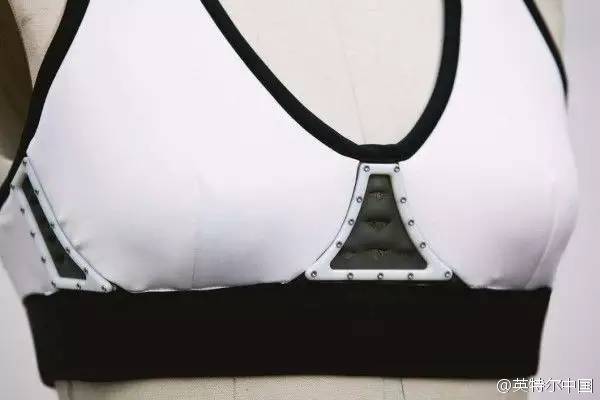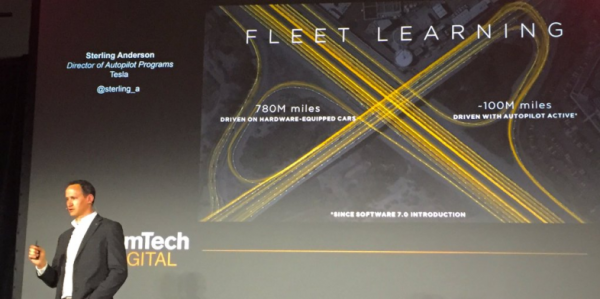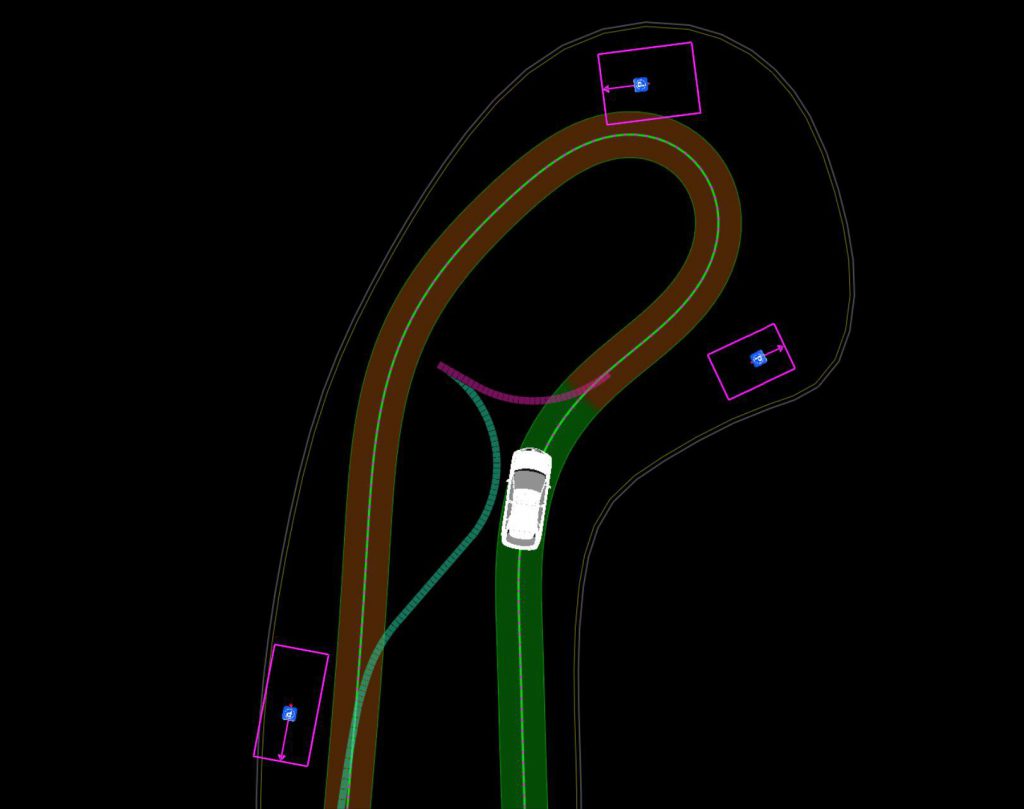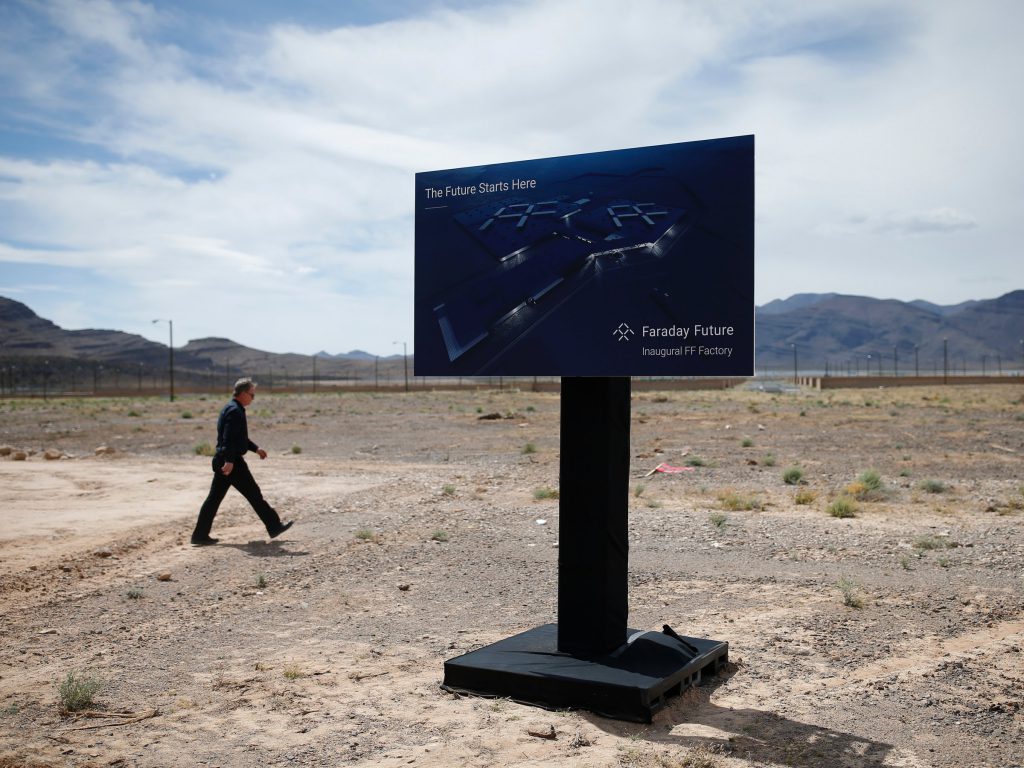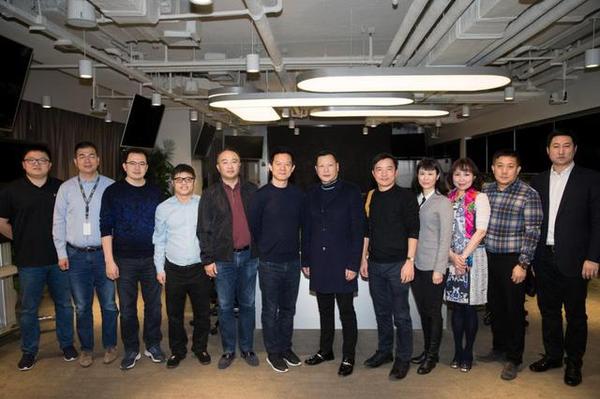
11-15: Leshi Holdings has secured commitments for USD600M; LeEco-backed Faraday Future has reportedly stopped work on its USD1B factory in Nevada; etc.
|
Chipset |
| Samsung reportedly plans on installing its latest Exynos 9 chipset that will include the so-called Shannon 359 modem into its upcoming devices. Shannon 359 will support just about all the network basebands in the market including FDD-LTE, TD-LTE, TD-SCDMA, WCDMA, CDMA2000, CDMA, and GSM. (CN Beta, Softpedia, Decca Chronicle, WCCF Tech) |
| Nvidia CEO Jen-Hsun Huang indicates that autonomous driving is not a “detection problem” but rather, an “AI problem.” He added this can be solved in 2017 with the use of Nvidia’s Drive PX 2 supercomputer, which will be used by Tesla. (CN Beta, Paul Tan, TechNews, Electrek) |
|
Touch Panel |
| Samsung is reportedly mulling to adopt the force touch technology partially from the Galaxy S8 but the full adoption will come in one or two years. (CN Beta, Android Authority, Android Central, The Investor) |
| Apple senior vice president of worldwide marketing, Phil Schiller has stated that a multi-touch display on a MacBook “wouldn’t be enough” because it would begin a divide between MacBook and iMac. But, if the company implemented the same touch screen on a desktop it would “become absurd.” (CN Beta, Apple Insider, Mac Rumors, Backchannel) |
|
Camera |
| Fujifilm announced that one of its subsidiaries, Fujifilm Electric Materials Co. Ltd., will open its 3rd plant in Taiwan later Nov. 2016. It manufactures semiconductor materials used in electric circuits — and a portion of that production involves the light-sensitive color filters used with camera sensors found inside both dedicated cameras and smartphone cameras. (Digital Trends, Fujifilm, 163) |
|
Memory |
| InnoDisk is a leading memory manufacturer which provides essential solutions for server clients. InnoDisk unveiled new DDR4-2666 modules, designed for server applications on the upcoming Intel Purley platform which launches sometime in 2017. (CN Beta, eTekNix) |
|
Sensory |
| Semiconductor Manufacturing International Corporation (SMIC) and The Institute of Microelectronics of the Chinese Academy of Sciences (IMECAS) announced the signing of a cooperation agreement for a MEMS R&D foundry platform to jointly develop MEMS sensor standard processes and build a complete MEMS supply chain. (EE Trends, PR Newswire) |
| According to Juniper Research, by the end of 2016 there will be roughly 168M devices that utilize motion or gesture tracking. These devices include wearables, virtual reality, and more. With its current adoption and growth rate, the study suggests that there will be as many as 492M motion and gesture-tracking devices as early as 2020. This is a 280% growth. (Android Headlines, ReadWrite, Market Wired, Juniper Research, Sohu, Zhanweb) |
|
Battery |
| Matrix Industries unveiled the Matrix PowerWatch via Indiegogo, the world’s first smartwatch that uses thermoelectric technology so user never have to recharge or replace its battery. It is using AMBI Q, which the company claims the world’s lowest power-consuming microprocessor. (Indiegogo, Techspot, Ubergizmo, Business Wire, CN Beta, Engadget) |
| Tesla CEO Elon Musk has announced plans to build a second Gigafactory in Europe. Gigafactory 2 will manufacture both lithium-ion batteries and electric cars, while large-scale production of cars and batteries will also remain in the United States. Tesla also announced the acquisition of a German engineering group, Grohmann Engineering, in order to help boost its vehicle production. (TechNews, Inhabitat, Tesla) |
|
Connectivity |
| AT&T’s Cameron Coursey, vice president for AT&T’s Internet of Things Solutions, has no doubt that IoT will be everywhere in the future. From AT&T’s viewpoint, the subscriber identity module (SIM card) is the primary enabler for the IoT and will eventually be either plugged into or soldered inside (embedded-SIM) everything at the time of manufacturer. (EE Times, EDN Network) |
|
Smartphones |
| Total smartphone shipments are forecast to grow by 4% in 2016 to 1.49B units after jumping by 13% to 1.43B in 2015, according to IC Insights. Moreover, smartphone shipments are forecast to grow by 5% in 2017 reaching 1.565B units. Overall, smartphone unit shipments are forecast to grow at single-digit annual rates through 2020. (IC Insights, press, Digitimes, EET China) |
| Global subscriptions for smartphones will almost double by 2022, helping mobile data traffic to 8-fold, telecoms network gear maker Ericsson predicted. Ericsson said it expected there will be 6.8B smartphone subscriptions globally by the end of 2022, up from 3.9B in 2016. (Ericsson, report, Reuters, CN Beta) |
| China’s Leshi Holdings has secured commitments for USD600M to support its automotive unit and LeEco high-tech business, which has been grappling with a cash crunch. Leshi said the fund commitments came from more than 10 Chinese companies. An initial tranche of USD300M would be delivered by the end of Nov. 2016 and be invested in the auto business and LeEco Global, it said. (CN Beta, Sohu, TechWeb, Forbes, Reuters) |
| Colin Giles, the Vice President of Huawei Consumer Business Group, indicates that Huawei decided not to pursue the Pixel development after Google said it wanted to use its own name exclusively on the handset. (Android Authority, WinFuture, Android Headlines, 163) |
| Richard Yu Chengdong, CEO of Huawei’s consumer business indicates that the company dreams to become number 1 smartphone vendor in the world. He thinks that in the following 3-5 years, most of the Chinese smartphone vendors would “disappear”. (CN Beta, iFeng, China.org, IB Times) |
| The China government would respond with “countermeasures” if President-elect Donald Trump starts a trade war against the country, warning that the sales of Apple iPhones and US cars would suffer a “setback.” It would be “naïve” for Trump to follow through on his campaign promises to implement a 45% tariff on Chinese exports to the US and to declare the country a currency manipulator. (TechCrunch, Global Times, 10JQKA, The Verge, Sohu, Sina, Silver) |
| Apple has enabled the use of Apple Pay for donations to non-profit organizations, addressing a fundamental gap in the mobile payment platform. The initial group of supporters includes 19 organizations. (Apple Insider, CN Beta, Apple) |
| KGI Securities analyst Ming-Chi Kuo predicts that Apple iPhone 7 demand has now actually “peaked.” He predicted that Apple’s overseas suppliers are going to revise their iPhone shipments down by 5~15% in Nov. and Dec. 2016 due to weaker demand as customers decides to hold off on the purchase because the iPhone 7 lacks significant improvements. (Ubergizmo, Phone Arena, Mac Rumors, 163) |
| Apple now has more than USD237B in cash and other securities, of which more than USD200B resides in overseas accounts. With Donald Trump poised to assume the Presidency Jan. 2017, he has tax plan for businesses “will provide a deemed repatriation of corporate profits held offshore at a one-time tax rate of 10%.” If Apple opts to repatriate, say, USD50B, Apple under Trump’s plan would save more than USD12B. (CN Beta, BGR, Market Realist, Statista, Donald Trump) |
| Donald Trump’s surprising victory as the president in US is creating growing uncertainty for Seoul-based electronics giants Samsung and LG, because his protectionist economic policy and antipathy for renewable energy are expected to deal a severe blow to the IT firms and their parts-making subsidiaries. (Android Headlines, Korea Times, iFeng, 163) |
| Since launched in US on 28 Oct. 2016, less than a month, LG has already managed to sell 200K units of LV V20 in the US. That is 20K units per day on average or 10K units more when compared with the sales of its predecessor — LG V10. (Android Authority, Korea Herald, 163) |
| Samsung Pay unveiled its new Samsung Rewards program. Now available to users in the U.S., Samsung Rewards allows you to earn points with every transaction conducted with Samsung Pay. (CN Beta, Android Central, Samsung, Android Police, Digital Trends) |
| Samsung Group’s combined market capitalization has risen to KRW375.52T (USD322B) following the stock market debut of its biotechnology unit Samsung BioLogics’ Kospi. (CN Beta, Korea Herald) |
| Google has reportedly acquired a small startup called Undecidable Labs, which developing technology that is “focused on turning online searches into purchases”. (Android Headlines, Venture Beat, Digital Trends, Bloomberg, Sina, CET) |
| Dolby sues OPPO and vivo over patent infringement in India. The Delhi High Court has now directed the companies to deposit loyalty as per the volume of manufacturing, sales and imports. (TechNews, Toutiao, BGR, IB Times) |
| Invenetec expects its subsidiary Invenetc Appliances to ship 68~70M hand-held mobile devices in 2017, growing 17.2-20.7% on year. Inventec expects its server shipments in 2017 to increase significantly. Inventec produces servers for ODM clients including HP, Dell and Lenovo as well as direct sale to datacenters mainly in China. (Digitimes, press, Laoyaoba) |
| Huawei Mate 9 Pro is official in China – 5.5” QHD AMOLED curved display, Huawei Kirin 960 processor, dual rear 20MP monochrome–12MP color sensor + 8MP cameras, 4 / 6GB RAM, 32 / 64 / 128GB storage, Android 7.0 (EMUI 5.0), LTE Cat. 12, from CNY4699. (GSM Arena, Liliputing, Gizmo China, 163) |
| vivo V5 with 20MP front camera is launched in India – 5.5” HD 2.5D curved display, Qualcomm Snapdragon 652 processor, 13MP PDAF + 20MP cameras, 4GB RAM, 32GB storage, Android 6.0 (Funtouch OS 2.6), LTE (VoLTE), dual-SIM, 3000mAh battery, INR17980. (PC Mag, BGR, Android Authority) |
| Gionee S9 is officially unveiled in China – 5.5” FHD LTPS display, MediaTek Helio P10 MT6755 processor, dual-cam 13MP-5MP + 13MP cameras, 4GB RAM, 64GB ROM, Android 6.0 (Amigo OS 3.5), LTE, fingerprint sensor, 3000mAh battery, CNY2499. (CN Beta, iFeng, ZOL, Fonearena) |
|
Wearables |
| MIT’s Computer Science and Artificial Intelligence Laboratory has unveiled a prototype MoVR, which can transmit data from a PC to a VR headset at a rate of multiple Gbps using high-frequency radio signals called ‘millimeter waves’, which could also be implemented to deliver super-fast 5G internet and even diagnose cancer. (eTekNix, MIT, Baidu VR) |
| Huawei VR Glasses is announced –work with 5.5” devices such as the Huawei Mate 9 Pro, Mate 9 Porsche Design, and Huawei P9 Plus, has a 360° field of view, 2K support, and sound synchronization, priced at CNY599. (Gizmo China, SZ News, My Drivers) |
| Sony Pictures will use Nokia Ozo 360-degree camera hardware and software tools to make virtual reality content. Sony Pictures will use Ozo to capture, create, edit, and distribute VR content. The studio will also integrate the Ozo Player SDK into Sony Pictures Home Entertainment’s Privilege Plus app on Google Play. (Engadget, Venture Beat, Variety, HiAPK) |
| China’s Lenovo Capital and Incubator Group have made an undisclosed strategic investment in a virtual reality content production start-up SoReal, which is backed by acclaimed Chinese director Zhang Yimou. (TechNews, China Money Network) |
| HTC announced a tetherless VR upgrade kit for the HTC Vive. The wireless kit, developed and produced by TPCAST, a HTC’s Vive X Accelerator-invested company, enables users of high-end PC VR systems to have a fully untethered experience on current HTC Vive VR devices. It is available for pre-order in China at CNY1,499, and expected to ship in 1Q17. (Digitimes, Tech Times, UploadVR, 163, IT Home) |
| Apple is reportedly working on a set of smart glasses, which would connect wirelessly to the iPhone, much like the Apple Watch, and would display “images and other information” to the wearer. If work on the glasses progresses, they could be released in 2018. (TechNews, The Verge, Mac Rumors, Bloomberg) |
| Apple’s U.S. patent titled “Sports monitoring system for headphones, earbuds and/or headsets” describes a fitness monitoring system that integrates an advanced biometric sensor package capable of detecting various physiological metrics including temperature, heart rate and perspiration levels, among others. (Apple Insider, USPTO, CN Beta) |
| Intel and sportswear designer Chromat have shown 2 responsive garments Aeros Sports Bra that transform shape based on the wearer’s body temperature, adrenaline or stress levels. The dress and sportswear are powered by the Intel Curie Module. (CN Beta, Intel) |
|
Internet of Things |
| Tesla has now accumulated 1.3B miles of Autopilot data from its first generation sensor suite and “nearly all of it” is useful to the second generation Autopilot, according to the company. (CN Beta, The Country Caller, Electrek) |
| Google’s autonomous tech can make three-point turns, thanks to its 360-degree vision and constant calculation. The cars were taught to recognize everything from parked cars to trash bins when making three-point turns. Google claims its cars practice about 1,000 turns of this nature every week. (CN Beta, CNET, Digital Trends, Google) |
| LeEco-backed Faraday Future has reportedly stopped work on its USD1B factory in North Las Vegas, Nevada. AECOM, the contractor overseeing the project, said it may resume work at the site in early 2017. (CN Beta, Business Insider, Jalopnik) |
| China’s Didi Chuxing has revealed that it plans to expand into global markets, and it might partner with car rental giant Avis. (TechCrunch, Reuters, 36Kr) |
